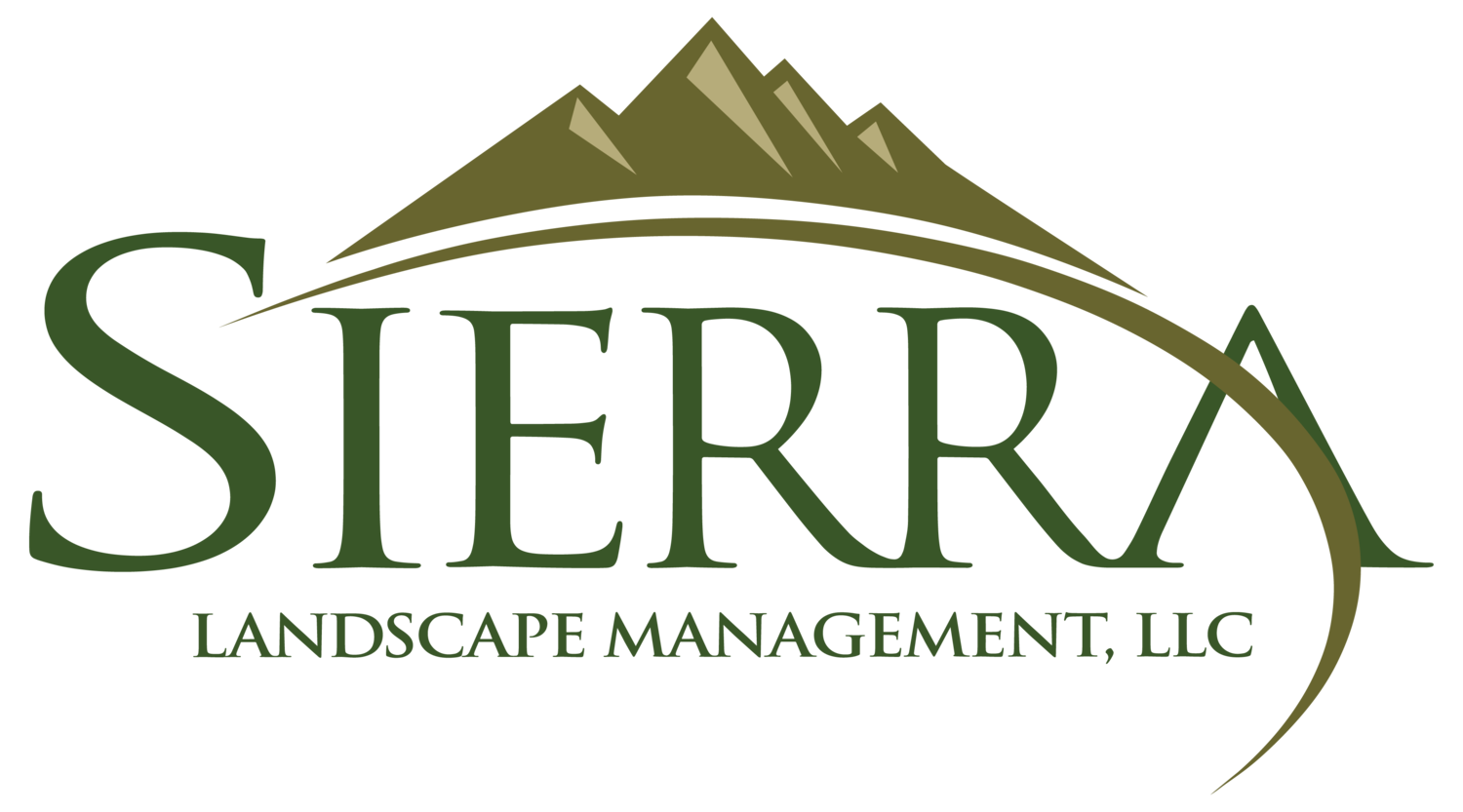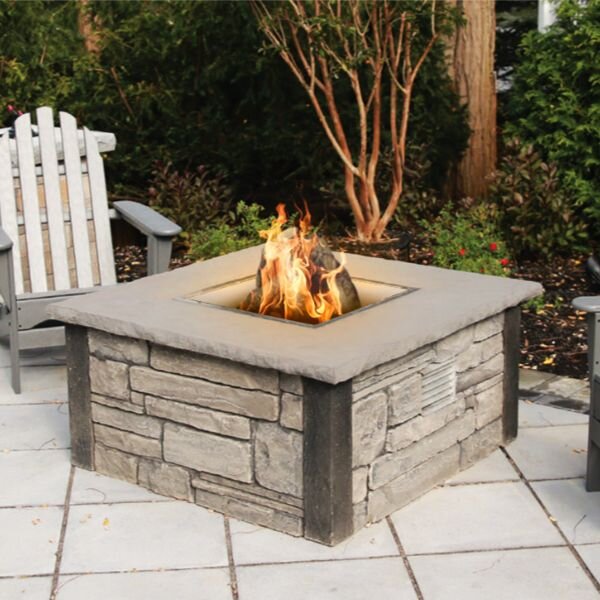How Much Does it Cost to Build a Fire Pit?
"Walking barefoot through the mud will knock the rust right off your soul."(1) Smores always taste better when you don't have a napkin. Fireflies are those gentle messengers that remind us that magic does exist.
Whatever it is, the way you tell your story online can make all the difference.
At Sierra we are asked almost daily about adding a fire feature to a backyard oasis or landscape design. The mountainous backdrop provided in the woods of northern New Jersey makes this the perfect place to spend a summer evening out in the yard being closer to nature. This article though is not about impressing the neighbors with your country landscape. It is about making memories with those you love.
A fire pit can be a feature to add to your yard to create memories, connect with family, disconnect from screen time, and experience your world in a new way. A fire pit can also be a liability, a nuisance, and something that goes unused. Keep reading as we give you an honest look into what's involved with owning a fire pit, how to stay safe, and if you decide creating multigenerational experiences is right for you, selecting the right one for your yard.
Which fire pit is best?
Boulder
Whatever it is, the way you tell your story online can make all the difference.
Simple, efficient, and it just works. At Sierra our favorite style of fire pit is one that allows us to be kids again. That hike through the woods, that camping trip, that time when your marshmallow got totally fried and you ate it anyways. One of the easiest ways to accomplish this is to use what is already around. The one thing there is no shortage of when north of route 80 in New Jersey is rock. Some well-placed boulders can serve as the perfect frame to safely contain your ground fire, blend in with our nature inspired landscaping, and provide virtually no maintenance over the years. With this style the customization is left up to the installer, though accessories to enhance the experience are fewer than other options. Propane and natural gas installations are possible, though many find that the traditional wood burning method is best for them.
Cost: Free - $2500
Kits
Whatever it is, the way you tell your story online can make all the difference.
Sometimes the landscape aesthetic just isn't right for a nature inspired fire pit. Perhaps a more formal design fits the roll, or perhaps one that does not require lifting heavy boulders. Enter the fire pit kit.
Kits range from simple box store packages all the way up to much more involved architectural packages with auto ignition, wind screens, and decorative copings to place your favorite fireside beverage. These kits also lend themselves better to propane or natural gas installations when an easy to use, smokeless, odorless type of camp fire experience is desired. Many accessories are on the market to customize your fire feature. One down side though is some of the lower price point kits do not include a fire ring, fire brick, or other way of separating the heat from the masonry leaving unsuspecting homeowners to find a crumbling stack of blocks after just a few short seasons.(2)
Cost: $600 - $10000
Vessels
Whatever it is, the way you tell your story online can make all the difference.
Ah yes. We can not write a fire pit article and leave out the most popular style. The vessel type fire features create a way for homeowners to experience the joys of hanging in the backyard on a cool evening, watching the children catch fireflies, and not make the commitment required when installing a built in feature such as above. Many of us are familiar with the disposable sub $200 box store units that come with everything you need in a box. When they rust out you drag it to the curb and buy a new one. For those of us that require a more solid approach there are options ranging from heavier gauge steel units to hand carved stone vessels. I would say this option has the most flexibility without requiring the commitment of the other options above. This is also great for properties that are smaller where maximizing space is important. These units can be a great option though their size often limits the ability to create significant heat for larger gatherings.
Cost: $200 - $5000
Firewood or Propane?
The most difficult decision you might need to make when planning your fire pit area is how you are going to fuel the fire. We have found that most people lean one way or another and are not torn between the two.
With a wood fire you have characteristics not possible with propane or natural gas. The smell on a cool autumn night, the sound of the wood as it burns, the color and temperature fluctuations as the fire burns, the bed of hot coals. This also requires a little skill to get the fire started and you may find your guests are turned off by not wanting to go home smelling like they just returned from a camping trip.
With LP (propane) or similar fuels starting your fire could be as simple as pushing a button. This odorless style of fire pit also can be brought much closer to the home as it is much easier to control. Many units will require professional installation and hard plumbing lines, while smaller fire tables sometimes can be used with portable tanks. At the end of the evening you simply turn the fuel source off and head to bed. No hose required.
Cost: An achy back - $5000
Which is safer?
You don't really expect me to answer this do you? ... Ok, well here is the deal. Used correctly they can both be great, happy, dependable ways to spend an evening with the family. As with anything in life, how you choose to participate makes all the difference. Fire in and of itself can be dangerous. It requires consideration and adult supervision. Making sure you are properly informed on the style of fire you are having can keep your evening enjoyable for everyone. Here are 2 notes to consider.
A propane or natural gas built-in installation will require a professional plumber and a permit to install. This will not only keep your insurance company happy, but ensure that your feature is installed correctly and remains properly functioning for your family.
A wood fire feature likely will not require approval from your city, though in some cities they may be restricted or even banned. In more rural areas restrictions are not common, though in New Jersey open fires are regulated by the Forest Fire Service. In NJ all open fires discussed in the scope of this article require a recreational fire permit. These permits are free and easy to maintain once initiated. The link below will get you started.
NJ Open Fire Permit: Click Here
Project Overview
Whatever it is, the way you tell your story online can make all the difference.
We hope this article eases some of the decisions you have to make when planning your outdoor fire feature. Certainly, there are going to be options outside of those discussed here, though these are the most common in our experience. So the question remains if I am starting from scratch or want to add an area as discussed to my backyard I am planning. How much will this complete feature cost? As you can see there are numerous items that drive the cost, but we often find that the majority of buyers add 5k - 15k to their project to create a built-in feature area which includes a dedicated area for seating. That cost may double when the area is created as an a la carte purchase.
Note:
Thank you for reading this article. We hope it was helpful and informative. Please consider that fire can be dangerous and responsible use is critical for the safety of everyone involved. If you ever find yourself doubting your understanding of how to properly use your features please stay on the side of caution and seek professional guidance. We love creating backyards inspired by nature and want you and your family to create multigenerational memories which will be passed down long after we are gone. Stay safe, and enjoy life!
(1) Three Year Old by Eric Church from the Mr. Misunderstood album
(2) Concrete and masonry degrade when exposed to temperatures above approximately 200 degrees Fahrenheit. Special bricks and mortars exist for this specific use though often not included in these kits. Other kits include an "air gap" which keeps the heat separated from masonry via an air space often created by separating the firebrick or fire ring from the decorative concrete units on the outside. Less expensive kits often omit this design feature.
Related: Timeless Landscape Design
Related: How Much of a Mess is it Really?





